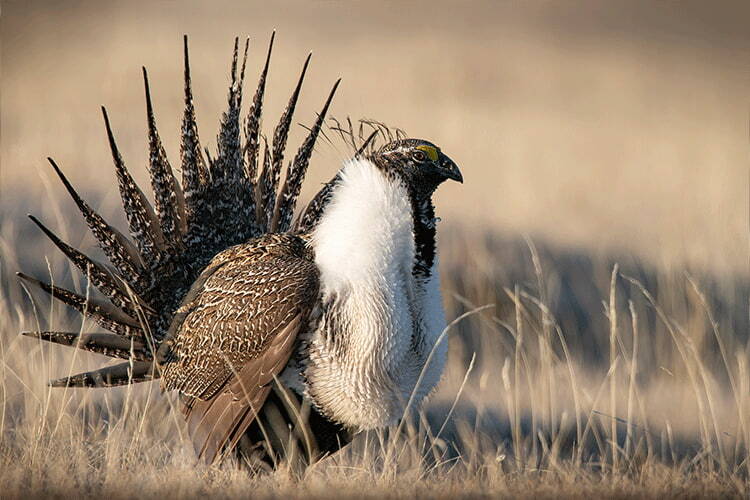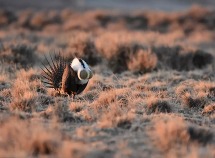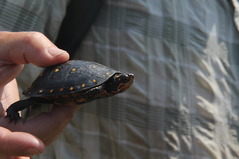|
View as a webpage / Share
|

|
 Photo Credit: Jeremy Roberts, Conservation Media LLC for Working Lands for Wildlife
New Webinar Resources, Blog to Support Voluntary Wildlife Conservation on Working Lands

Save the Date: November 16 Webinar on Outcomes of Spatial Targeting in Sagebrush Country via the Sage Grouse Initiative
The sagebrush biome is one of the largest habitat types in North America, spanning 175 million acres and home to sage grouse and 350 other species. USDA's Natural Resources Conservation Service (NRCS) launched the Sage Grouse Initiative in 2010 to deliver win-win voluntary conservation solutions that support ranchers and other landowners in improving the productivity of their working lands while benefiting sage grouse. The Initiative has successfully addressed key threats impacting sage grouse by focusing on population core areas. Science has helped strategically guide, refine, and inform these voluntary, private lands conservation efforts across 11 western states.
Dr. David Naugle of the University of Montana serves as the Working Lands for Wildlife Sagebrush Biome Science Advisor. On November 16 at 10 a.m. mountain/12 p.m. eastern, Dr. Naugle will present on the strategic implementation of science-based Farm Bill conservation through the Sage Grouse Initiative. This effort is a collaboration between the University, USDA’s Conservation Effects Assessment Project, the NRCS Working Lands for Wildlife Sage Grouse Initiative, and others. Findings may be used to inform on-the-ground efforts to further conservation of sage grouse and other species in the sagebrush biome, as well as other data-driven wildlife conservation efforts nationwide.
Plan to Attend
|

Available Now: August Webinar Recording to Inform At-Risk Freshwater Turtle Conservation in the Northeast
In August, Dr. Patrick Roberts of the University of Massachusetts presented on multi-decade movement patterns and the effects of land use on at-risk freshwater turtle species in the Northeast. This effort is a collaboration between USDA’s Conservation Effects Assessment Project, the Working Lands for Wildlife Northeast Turtles Project, the University, and others. Findings may be used to inform data-driven, on-the-ground efforts to support conservation of the rare Blanding's turtle, wood turtle, and spotted turtle, among other species.
A recording of this webinar is now available, along with presentation slides and a one-pager of additional resources.
Access Recording and Resources
|

In Case You Missed It: Ask the Expert Blog on Voluntary Conservation Outcomes for Wildlife
Charlie Rewa is the Wildlife Assessments Lead for the Conservation Effects Assessment Project (CEAP), an effort led by USDA’s Natural Resources Conservation Service (NRCS) to evaluate and inform voluntary conservation efforts across the nation’s working lands. In this Ask the Expert blog, Rewa answers questions about wildlife and voluntary conservation, the value of a data-driven approach to strengthen conservation for key species, CEAP collaborations with the NRCS Working Lands for Wildlife effort, and NRCS resources to support farmers, ranchers, and other land managers in pursuing conservation across their operations.
Read this Blog
|
|
|
|
|
|
|
|